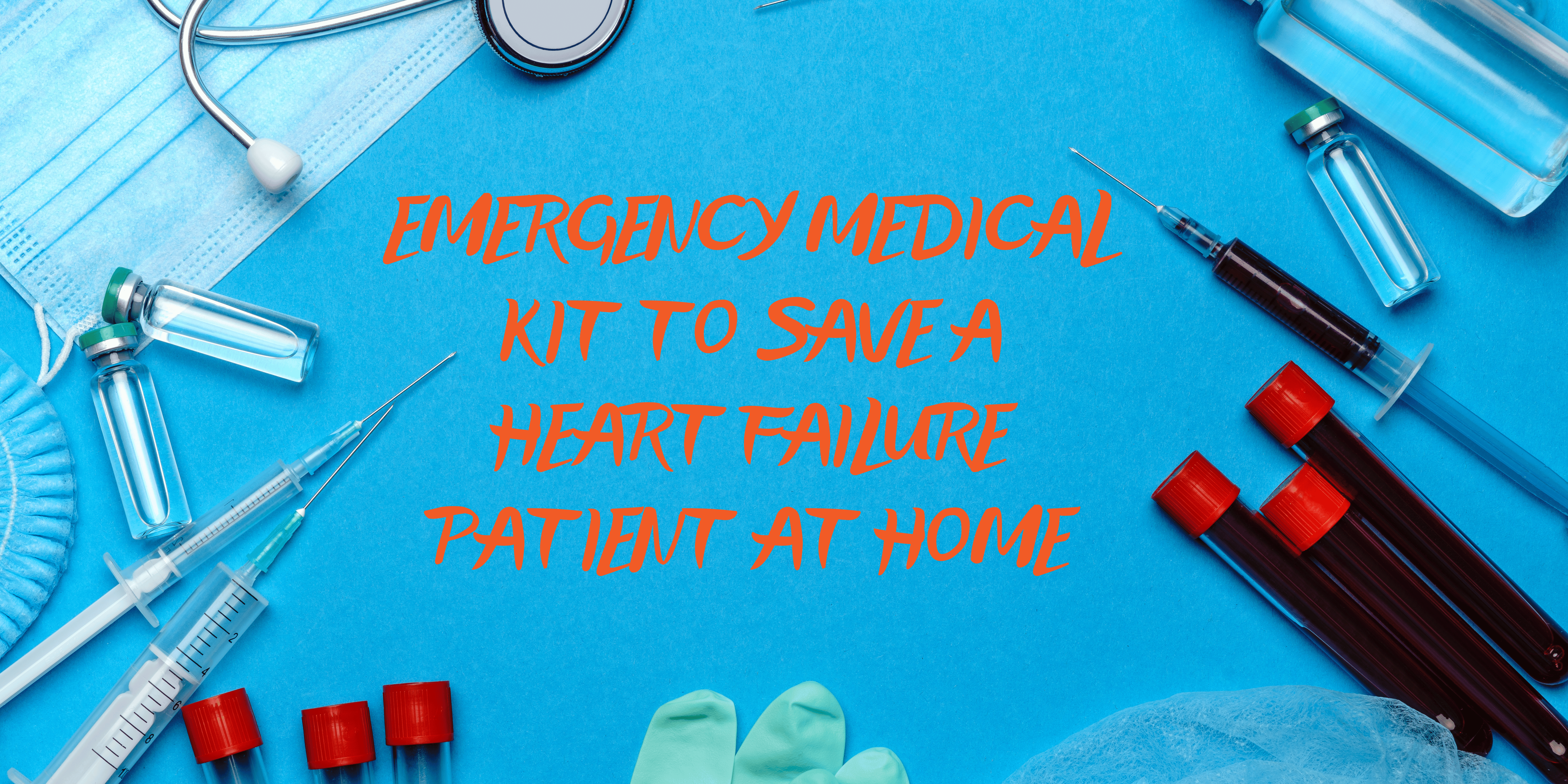Emergency Medical Kit to Save a Heart Failure Patient at Home
Building an Essential Emergency Medical Kit to Aid Heart Failure Patients at Home
The Importance of Preparedness for Heart Failure Patients
Heart failure is a serious condition that requires prompt and effective management, even in the comfort of one’s home. Assembling an emergency medical kit tailored to the needs of heart failure patients can be a life-saving measure. This article delves into the key components and precautions necessary to create an efficient at-home emergency medical kit.

Customizing Your Emergency Medical Kit
1. Prescription Medications:
Ensure an ample supply of prescribed heart medications, such as diuretics, beta-blockers, and ACE inhibitors. Check expiration dates regularly and consult with the healthcare provider for timely refills.
2. Nitroglycerin:
If the patient’s condition requires it, include nitroglycerin tablets or spray to address sudden chest pain or discomfort.
3. Medical Records and Contact Information:
Keep a copy of the patient’s medical records, a list of medications, and emergency contact information readily available in case paramedics or healthcare professionals need access to this vital information.
Essential Tools and Equipment
1. Blood Pressure Monitor: A digital blood pressure monitor helps track blood pressure fluctuations, allowing for prompt intervention if levels become dangerously high or low.
2. Pulse Oximeter: A pulse oximeter measures oxygen levels in the blood. This device can help detect any drop in oxygen saturation, indicating a potential emergency.
3. Digital Thermometer: A reliable thermometer assists in monitoring the patient’s temperature, as fever can indicate infection or other complications.
Safety Measures and Precautions
1. Emergency Contacts: Keep a list of emergency contacts near the medical kit. Include the patient’s doctor, local hospital, and any immediate family members or neighbors who can provide assistance.
2. Instructions for Use: Include simple, step-by-step instructions on how to use the equipment in the kit. This is crucial for caregivers or family members who might need to provide aid.
3. Regular Check-ups: While the emergency medical kit is indispensable, it’s important to emphasize that it does not replace routine medical care. Encourage regular check-ups with healthcare providers to manage the condition effectively.
Training and Education
1. CPR and First Aid Training: Enroll family members or caregivers in CPR and basic first aid courses to equip them with the skills needed to respond effectively during emergencies.
2. Educational Resources: Include educational materials on heart failure management, recognizing worsening symptoms, and knowing when to seek immediate medical attention.
Maintaining and Updating the Kit
1. Regular Inspection: Conduct periodic checks of the emergency medical kit to ensure that all medications are up to date and equipment is functioning properly.
2. Expiry Dates: Pay close attention to expiration dates of medications and replace any outdated items promptly.
3. Review with Healthcare Provider: Periodically review the contents of the kit with the patient’s healthcare provider to make sure it aligns with their current condition and treatment plan.
Empowering Safety and Confidence
By assembling a comprehensive and tailored emergency medical kit, you empower heart failure patients and their caregivers to respond effectively to emergencies at home. Preparedness, education, and timely intervention can significantly improve outcomes and provide peace of mind, ensuring that individuals with heart failure can navigate their condition with greater confidence and security.




